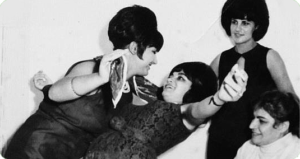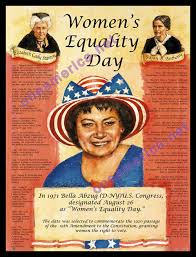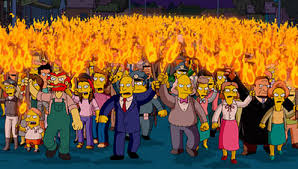 An essay I read recently by Jacob Neusner, the man of a thousand books, on the creation of the Torah, has got me thinking.
An essay I read recently by Jacob Neusner, the man of a thousand books, on the creation of the Torah, has got me thinking.
Most of Neusner’s 1000 or so books have been devoted to the explication of the Talmud, and his basic, though controversial thesis is that the complex corpus of documents known as the Talmud need to be read through the perspective of its final redactors. This means for the Talmud, everything it says about the Pharisees, about Hillel and Shammai, is filtered through the biases of those who lived hundreds of years later, which means it’s a poor historical source for the earlier period. And the Torah, for Neusner, especially the book of Deuteronomy, the last book of the Torah to be written, is filtered through the scribes, from the time of the destruction of the first temple in 586 BCE to Ezra and Nehemiah, a century or so later, who created the Torah we know today.










